Korean strawberries are becoming a sensation worldwide for their exceptional sweetness and vibrant flavor. Known as the "King of Winter Fruits," these strawberries have captivated fruit lovers for their juiciness and delightful taste.
The secret to their unique flavor lies in the careful cultivation and scientific advancements in strawberry farming in Korea. Various Korean strawberry varieties, like Seolhyang and King's Berry, offer different tastes and textures.
Seolhyang strawberries are particularly celebrated for their soft, juicy texture and naturally high sugar content. These berries are not only delicious but also a point of national pride for Korea.
In Korea, strawberries are more than just a fruit; they're a beloved part of the culture. From fresh fruit markets to strawberry picking in spring, the Korean strawberry experience is something special. Whether enjoyed fresh or in Korean strawberry milk, these strawberries are a treat you don't want to miss.
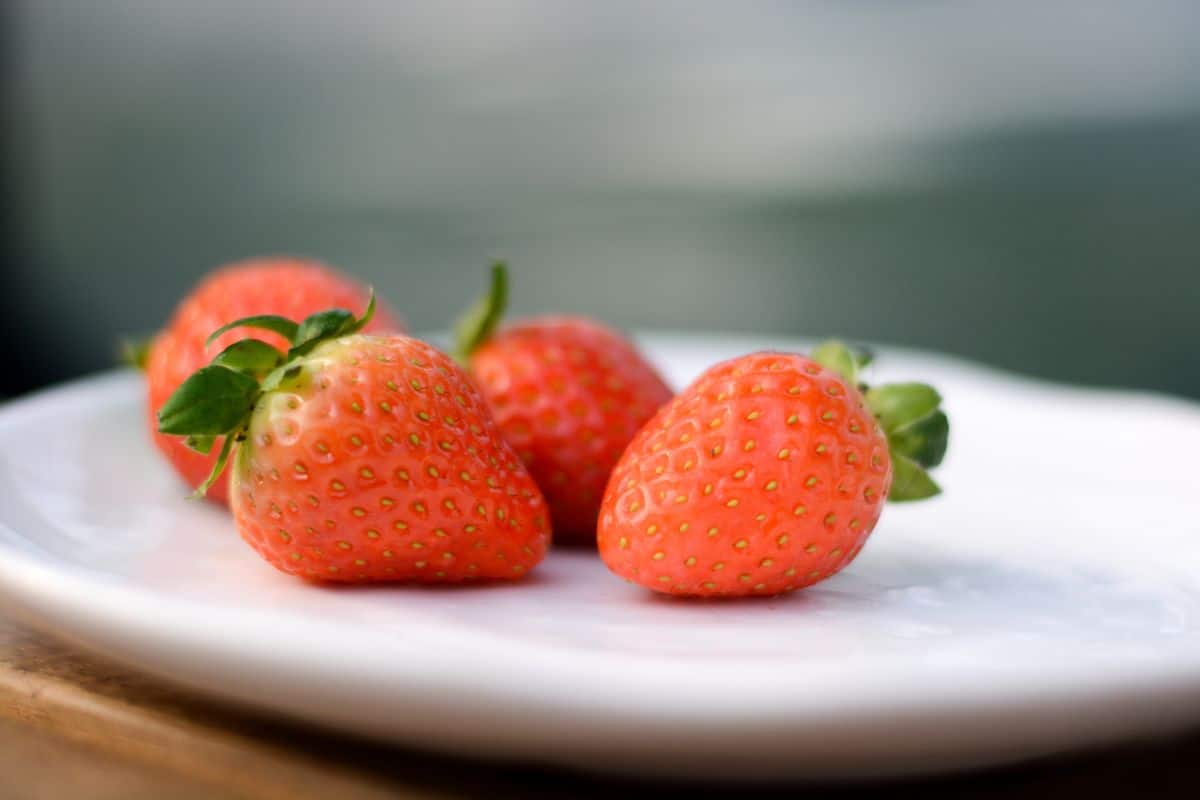
Jump to:
- 🍓 Unveiling the Korean Strawberry
- 🪴 Cultivation Techniques
- 🧑⚕️ Nutritional Benefits
- 👨🍳 Korean Strawberries in the Culinary World
- 🫙 Storing and Preservation
- 🌏 Export and Global Presence
- 👫 Community and Cultural Significance
- 📝 Tips and Tricks for Picking and Using Strawberries
- ❓ Frequently Asked Questions
- 💬 Comments
🍓 Unveiling the Korean Strawberry
Varieties of Korean Strawberries
Korea is home to numerous strawberry varieties, each with its own unique qualities. Seolhyang strawberries are among the most popular, and they are known for their sweet taste and juicy texture. Maehyang strawberries are another variety celebrated for their firm flesh and sweet flavor.
Aribang strawberries are notable for their balanced taste, combining sweetness and a slight acidity. Gemaesil strawberries, on the other hand, offer a delightful sweetness with a slightly harder texture. Each variety is cultivated to perfection, ensuring consumers a rich and enjoyable eating experience.
Characteristics of Korean Strawberries
Korean strawberries are characterized by their exceptional sweetness, which makes them extremely popular. They have a pleasing texture, often described as juicy and succulent, making them perfect for fresh consumption or desserts.
The sweet taste of these strawberries sets them apart from other varieties grown worldwide. Additionally, Korean strawberries are packed with vitamin C, essential for a healthy immune system.
The hardness of some varieties, like Gemaesil strawberries, means they can withstand longer storage times without compromising their taste. This is particularly beneficial for export as it ensures the fruit reaches international markets in prime condition.
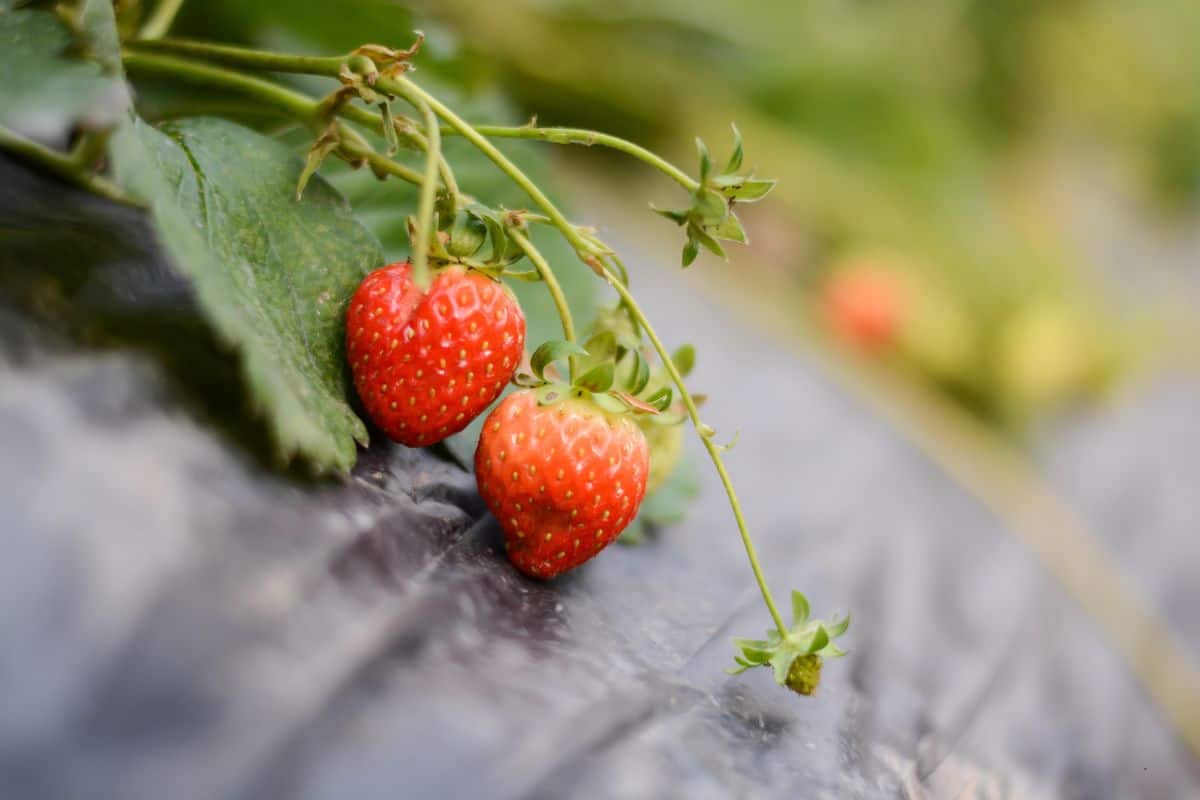
🪴 Cultivation Techniques
Optimal Conditions for Growth
To grow strawberries successfully, it's important to maintain the right conditions. Strawberries thrive in well-drained soil with a pH between 5.5 and 6.5. They need ample sunlight, about 6-8 hours daily, and should be protected from strong winds.
Managing the soil moisture is crucial. Overwatering can lead to root diseases, so keeping the soil slightly moist is best. Using mulches like straw can help maintain moisture and prevent weeds.
The Rural Development Administration emphasizes the need to monitor pests and diseases regularly. Common issues include fungal infections and mites, which can damage plants. Natural predators and organic treatments can protect the vines without harming the fruit.
Picking the Perfect Time
Timing is essential when harvesting strawberries. In Korea, the strawberry season typically begins in December and lasts until June. The peak harvesting period is from March to April, when the fruits are at their best quality.
Strawberries should be picked when fully red and firm to the touch. They should be handled gently to avoid bruising. Harvesting early in the morning, before the heat sets in, helps maintain their freshness.
Experts recommend using sharp, clean tools to cut the strawberries from the vine. This reduces the risk of disease and damage. After picking, strawberries should be stored in a cool place and consumed or sold within a few days for the best flavor and texture.
For more detailed guidance on growing strawberries, you can check out this helpful resource on strawberry growing tips.
🧑⚕️ Nutritional Benefits
Vitamins and Minerals Packed in Every Berry
Korean strawberries are a powerhouse of vitamins, especially vitamin C. One serving delivers more vitamin C than an orange, aiding immune function and skin health. They are also a good source of vitamin A, which supports eye health and immune response.
Minerals like potassium help regulate blood pressure and support heart health. Strawberries also contain calcium, which is essential for bone health. Additionally, they have a bit of protein, aiding in muscle repair and growth.
Balancing Sweetness with Health
The sweetness of Korean strawberries doesn't come at the cost of health. While naturally sweet, they're low in calories and contain virtually no saturated fat, making them a healthy snack choice.
The balance of vitamins and minerals like vitamin C and potassium ensures you enjoy a nutritious treat. Their natural sugars provide energy without leading to blood sugar spikes. This makes them great for everyone, from kids to adults looking to maintain a healthy lifestyle.
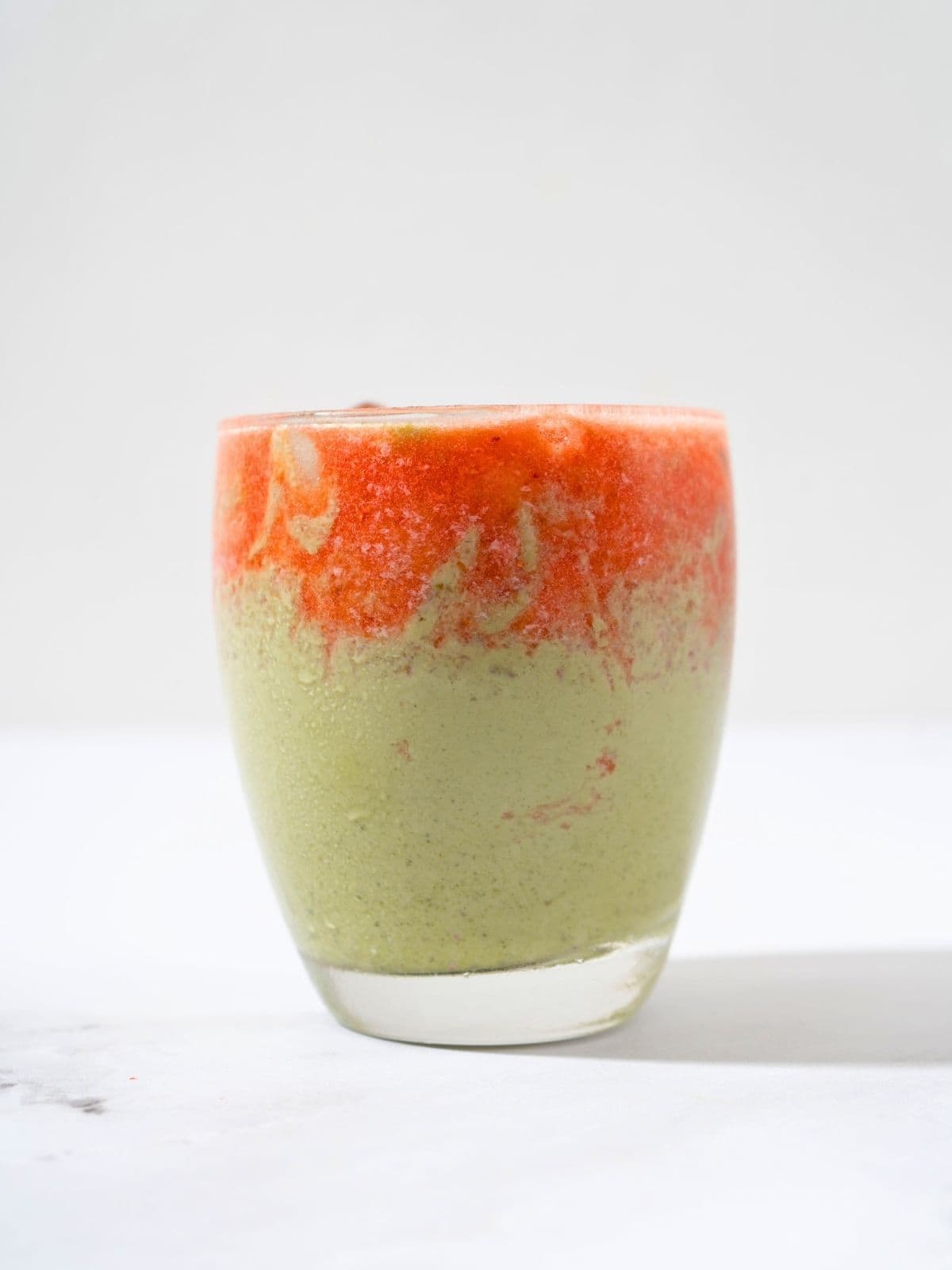
👨🍳 Korean Strawberries in the Culinary World
Classic Strawberry Recipes
One of the most beloved uses of Korean strawberries is in strawberry milk. This delightful drink involves layering homemade strawberry syrup at the bottom of a glass, adding diced strawberries, and topping it with cold milk. This creates a beautiful separation of red and white.
Strawberry jam is another classic recipe. It's perfect spread on toast, mixed with cream cheese, or used as a filling for pastries. The jam highlights the sweet and tangy flavor of Korean strawberries.
Waffles topped with fresh strawberries, and honey make a delightful breakfast or dessert. Add a drizzle of dark chocolate to make it even more indulgent. These classic recipes show how versatile and delicious Korean strawberries can be in everyday dishes.
Fusion and Innovation
In the realm of fusion cuisine, Korean strawberries are making waves. Korean strawberry milk has inspired many cafes worldwide to create similar drinks, blending strawberries with other fresh fruits and flavors to create new variations.
Innovative chefs use Korean strawberries in savory dishes, pairing them with ingredients like cream cheese or dark chocolate in appetizers. Strawberry syrup is also used as a unique glaze for meats.
Fusion desserts such as strawberry-infused pastries and cross-cultural sweets are becoming popular. Combining traditional Korean flavors with international techniques brings out the best in these berries, making them a trendy ingredient in modern cooking.
🫙 Storing and Preservation
Extending Shelf Life
Refrigerating strawberries is key. Place them in the front of the fridge, where it's slightly warmer, or in the crisper drawer set to high humidity. This keeps them fresh for a few extra days. Avoid washing strawberries until you're ready to eat them. Excess moisture can speed up spoilage.
Use an airtight container lined with paper towels to absorb moisture. This method helps reduce spoilage. Place the strawberries in a single layer inside the container to avoid bruising. Place them on a clean kitchen towel for even better results, which also helps absorb moisture.
If you bought a large batch, consider checking them daily and removing any spoiled berries to prevent mold from spreading. These simple steps can extend the fridge life of fresh strawberries.
From Fresh to Frozen
Freezing strawberries is a great way to preserve their taste and nutrients. First, wash and dry the strawberries thoroughly. Remove the stems before placing them on a baking sheet lined with parchment paper. Ensure they're laid out in a single layer.
Pop the baking sheet into the freezer for about two hours. This prevents the strawberries from sticking together. Once frozen, transfer them to freezer-safe bags or containers.
Label and date these containers for easy identification later. Another method is to use ice cube trays: Place a strawberry in each compartment and cover it with water before freezing. This creates easy-to-use frozen strawberry cubes.
Frozen strawberries are perfect for smoothies, baking, or a cold treat on hot days. They can be stored for several months while retaining most of their fresh qualities.
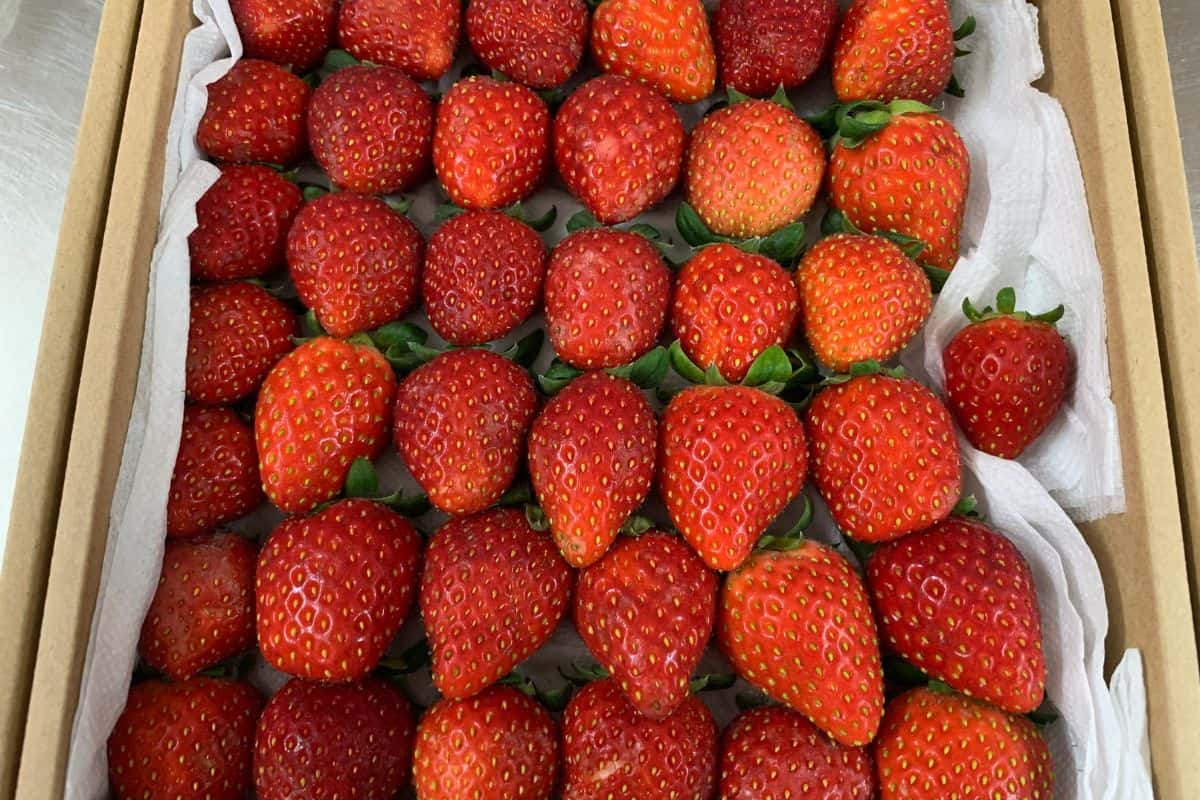
🌏 Export and Global Presence
From Nonsan to the World
Nonsan, South Korea, is famous for its high-quality strawberries. These strawberries are harvested with care to ensure they meet strict quality standards. Recently, export organizations like K-berry have played a huge role in distributing strawberries worldwide.
In 2021, Korean strawberry exports amounted to USD 64.5 million, accounting for over 90% of all exports of this fruit from South Korea. This success is a testament to local producers' dedication and commitment to quality.
👫 Community and Cultural Significance
Strawberry Festivals and Events
Strawberry festivals in South Korea are a big deal. These events draw large crowds eager to taste fresh, juicy berries and participate in fun activities. One popular festival, the Nonsan Strawberry Festival, lets visitors enjoy strawberry picking. This hands-on experience is a hit, especially with families and children.
The festivals usually include cooking contests, live music, and other family-friendly entertainment. These events help promote rural development by driving tourism to farming areas. With visitors from all over, these festivals also provide farmers a great way to sell their products directly to consumers.
The Bond of Strawberry Farming
Strawberry farming in South Korea isn't just a job—it's a community effort that builds strong social bonds. Farmers often work together to share techniques and ensure the best quality strawberries.
This cooperation is especially evident in organizations like K-berry, which brings together producers and exporters to improve strawberry quality and expand markets.
Strawberry farmers are usually part of tight-knit communities. They rely on each other for support during planting or harvest.
This sense of community helps sustain rural areas and provides a stable livelihood for many families. Additionally, the pride and tradition tied to strawberry farming contribute to its cultural importance in South Korea.
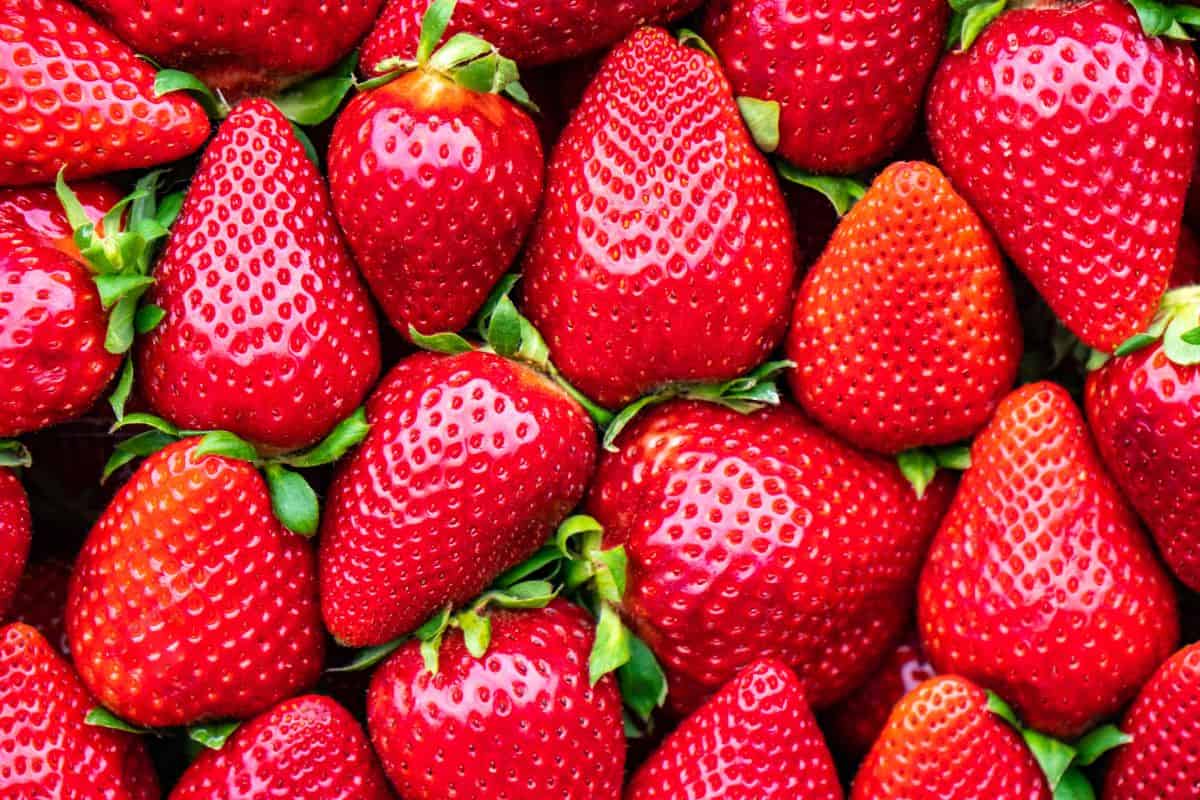
📝 Tips and Tricks for Picking and Using Strawberries
The Perfect Strawberry Selection
Choosing the freshest strawberries is key to enjoying their natural sweetness. Look for berries that are bright red and have a glossy surface. The caps should be green and fresh, not wilted. Smaller strawberries often have a higher sugar content, making them sweeter.
Avoid berries with white or green tips, as they aren’t fully ripe. Make sure the berries feel firm yet yield slightly when gently squeezed. When buying from the market, select those found in open containers rather than pre-packaged ones.
This helps ensure you get the best quality and avoid any moldy or overripe strawberries hidden underneath.
Creative Uses in Everyday Life
Using fresh strawberries creatively can add a delightful touch to meals and snacks. One easy recipe is Korean strawberry milk. Mash some strawberries with white sugar until a thick syrup forms. This enhances the depth of flavor. Pour this syrup into a glass, add some cold milk, and enjoy a refreshing drink.
Strawberries can also be added to salads for a sweet twist. Pair them with spinach, walnuts, and a tangy vinaigrette for a delicious mix.
Dip strawberries in chocolate or roll them in sugar for a quick dessert or an extra-sweet treat. You can also make strawberry jam by cooking strawberries with sugar until they are sticky and thickened.
These simple tips will help you enjoy the sweet and fresh taste of Korean strawberries to the fullest.
❓ Frequently Asked Questions
You can find Korean strawberries in many Korean grocery stores and markets. Some online retailers also offer them. Check for seasonal availability, especially during winter and spring.
Korean strawberries benefit from Korea's ideal growing conditions. The combination of soil, climate, and cultivation methods contributes to their intense sweetness and unique flavor.
The cost of Korean strawberries can vary. On average, they range between $10 to $30 per package, depending on the season and the retailer.
Some popular Korean strawberry varieties include Seolhyang, Maehyang, and Geumhyang. Each type has its own distinctive taste and is preferred for different culinary uses.
Korean strawberries are rich in vitamins C and A, antioxidants, and dietary fiber. They're known to boost immunity, improve skin health, and aid digestion.
Strawberries hold a special place in Korean culture. They're often used in seasonal festivals and traditional desserts. The strawberry picking season is a popular family activity, symbolizing freshness and togetherness.

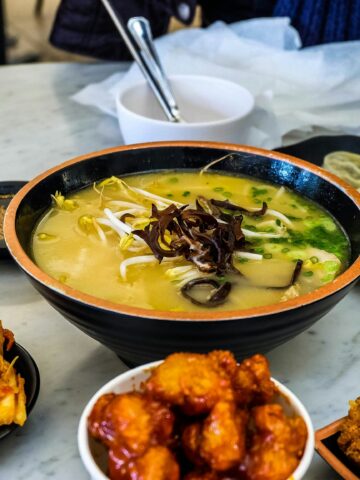
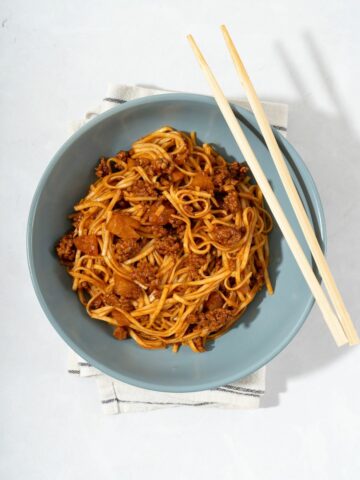
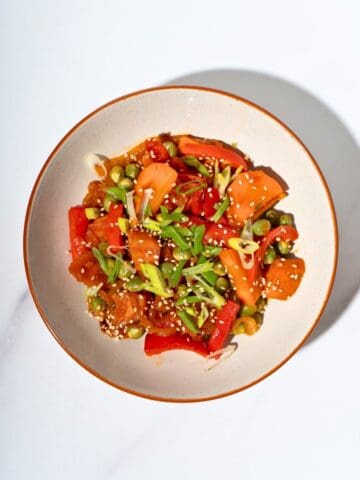
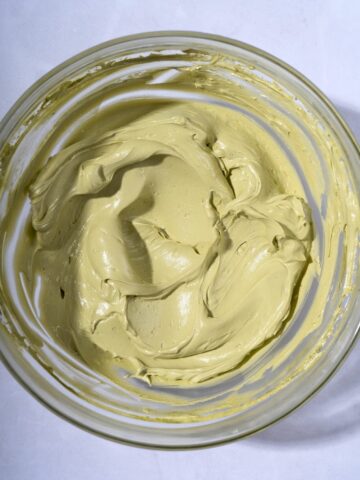
Comments
No Comments